Search Results for 'Hales'
11 results found.
‘The girl we left behind us’
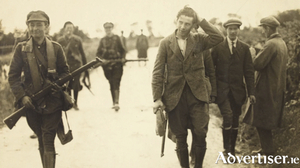
In the immediate aftermath of the recapture of Clifden by the anti-Treaty forces on Sunday 29 October 1922, the town was in a mess. Every house on Main Street had its windows and doors shattered. The streets were littered with glass as a result of explosions. In the houses opposite the barracks ‘not a picture remained on the walls, nor a piece of furniture unscathed’. Porter and spirits ‘flowed out the door’ of Lavelle’s pub. The ‘armoured car’, which had caused so much surprise, and gave cover to allow bombs to be placed, was removed and abandoned at Killery. It was noted that for the first time in living memory there were no church services in Clifden that Sunday.
Monsignor McAlpine would not take orders from boys he had baptised
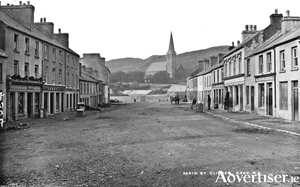
After sporadic fighting in Galway during the summer of 1922, and the occupation of some buildings in the town, including the old RIC barracks in Eglington Street, and the former Connaught Ranger barracks at Renmore, the anti-Treaty forces withdrew into Connermara, and into the east Galway countryside.
Talk on Civil War in Galway and the executions at Athlone Barracks
On 20 January 1923, six months into the civil war, four anti-treaty IRA Volunteers from Galway – Martin J. Burke (25), Hubert Collins (23), Stephen Joyce (29), and Michael Walsh (26) – were executed at Athlone Barracks, having been found guilty by a Free State Military Court of the unlawful possession of arms and ammunition.
New exhibition at Galway City Museum
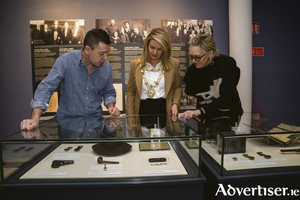
The new civil war exhibition, ‘War of Friends, 1922-23: The Civil War story of Pádraic Ó Máille and Liam Mellows’ is now running at Galway City Museum. The exhibition was officially launched by the Mayor of the City of Galway, Cllr. Clodagh Higgins. It was created by Galway City Museum as part of Galway City Council’s Decade of Centenaries Programme 2022, and funded by the Department of Tourism, Culture, Arts, Gaeltacht, Sport and Media to commemorate events of local and national significance.
Liam Mellows, enigmatic republican and notorious irreconcilable
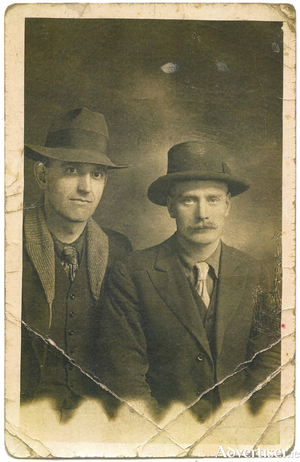
William Mellows was born in Ashton-under-Lyne, Manchester, where his father, Staff Sergeant William Mellows, was then stationed. His father had ambitions for the son to become the fourth generation of the family to serve in the armed forces, but after they moved back to Ireland, Liam became steadily disillusioned with the British Government. He lived in Dublin for a time and spent a lot of time living in his grandparents' house in Co Wexford, where his mother came from.
Short Talks series on Galway’s civil war story
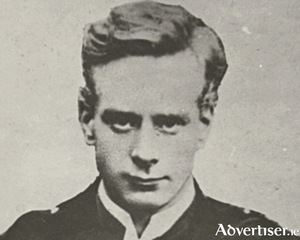
Galway City Museum, on Saturday 3 December 2022, will run a series of talks on the subject, ‘War of Friends, 1922–23: the civil war story of Pádraic Ó Máille and Liam Mellows’, in collaboration with Galway historians, John Cunningham; Mícheál Ó Fathartaigh and Cormac Ó Comhraí.
The Galway shawl
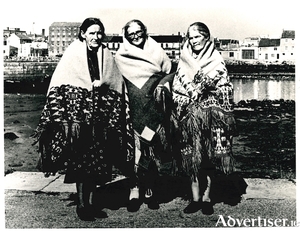
The Galway shawl was a specific type of heavyweight shawl worn by women during the cold season. It was very popular during the 19th century and was still being worn by a few older, more traditional, women up until the 1950s. It was worn by women all over Ireland, but for some reason was known as the Galway shawl. It was a winter-weight outer garment and was worn over a lightweight one.
War of Friends, Liam Mellows and Pádraic Ó Máille
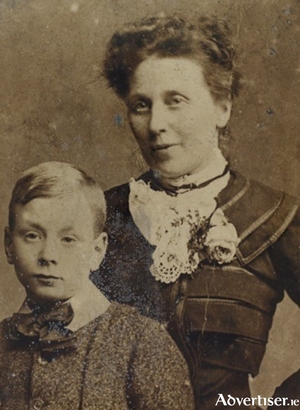
Today we are highlighting the careers of two men, both of whom were elected as TDs for Galway in 1918, both of whom fought on the same side in the Rising and the War of Independence and then, sadly, took different sides after the Treaty.
The legend of the last battle in Connemara
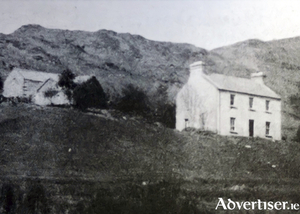
During the war of Independence the West Connemara IRA brigade, under the command of Petie McDonnell, was an effective and disciplined force. It had moved its headquarters to the Muintir Eoin residence of Pádraic Mór Ó Máille, a two-storey farmhouse, backed by rock and heather covered hills, which stood on a small rise, along the Maam to Leenane road. It offered commanding views of the Maam Valley.
The legend of the last battle in Connemara
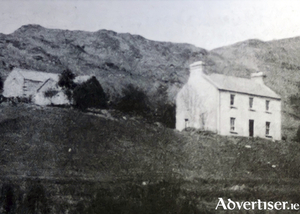
During the war of Independence the West Connemara IRA brigade, under the command of Petie McDonnell, was an effective and disciplined force. It had moved its headquarters to the Muintir Eoin residence of Pádraic Mór Ó Máille, a two-storey farmhouse, backed by rock and heather covered hills, which stood on a small rise, along the Maam to Leenane road. It offered commanding views of the Maam Valley.

